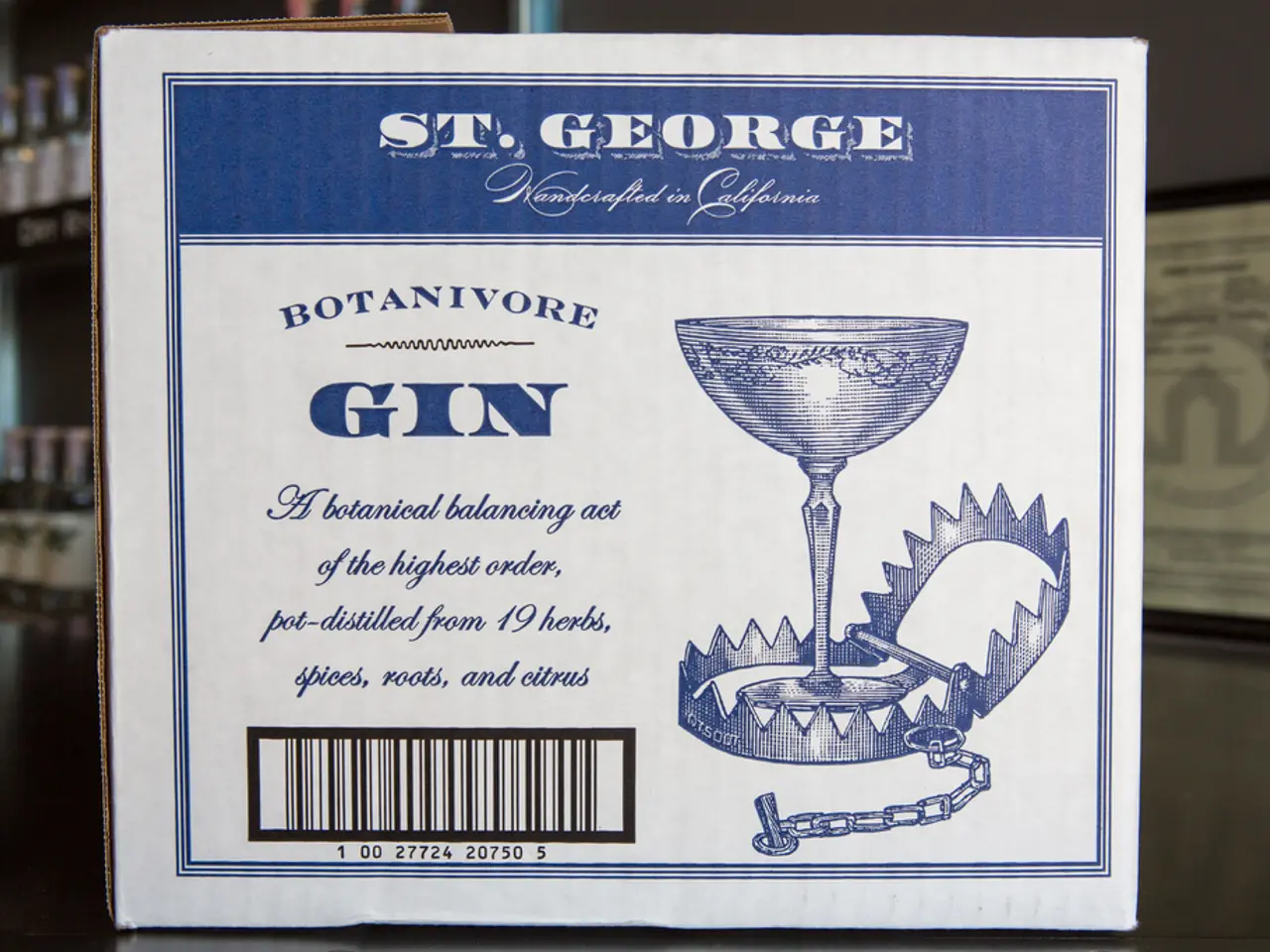Assessment of Effects of U.S. Tariffs on the Natural Antioxidants Industry
The global natural antioxidants market is witnessing significant growth, driven by increasing consumer awareness of health and wellness. North America stands as the dominant region, commanding a substantial share of approximately 39.6%, with the Food and Beverages sector securing a 46.7% share in 2024. However, recent developments in US tariffs are causing ripples in the market.
The US government's imposition of tariffs on imports, including those from China, a major supplier of natural antioxidant ingredients, is raising costs for US food and beverage manufacturers. These tariffs, up to 25%, increase ingredient prices and potentially push up finished product costs for consumers.
While synthetic antioxidants face tightening regulations favoring natural alternatives, the higher tariffs on natural antioxidants imported into the US can constrain supply or elevate prices despite growing consumer demand for clean-label and organic products in North America and globally. The tariffs also disrupt global supply chains and trade flows, causing shifts towards cheaper substitutes and affecting the availability and pricing of antioxidant-rich oils in food formulations.
The US is a significant market for natural antioxidants within the food and beverage sector due to rising consumer health awareness and regulatory pressures favoring natural ingredients. Tariffs raise costs for exporters and food producers inside and outside the US, potentially slowing market growth and complicating sourcing strategies.
The imposed tariffs on EU food and beverage exports to the US (about 15%) also increase costs for natural antioxidant-rich products such as certain processed food ingredients, dairy, and oils. This tariff environment may encourage exporters and manufacturers to seek alternative markets or suppliers, impacting global trade dynamics and pricing in the natural antioxidants sector.
Despite these challenges, the market for natural antioxidants continues to expand. Key players are innovating to meet consumer demand. For example, ADEKA Corporation has developed Adekantol, a natural antioxidant derived from tocopherols and rosemary extracts, targeting the food and cosmetic industries. Archer Daniels Midland Company (ADM) has launched Novasol, a sunflower lecithin-based antioxidant for clean-label applications.
As the market evolves, it is expected to reach USD 2.0 billion by 2034, growing at a steady 5.0% CAGR. Plant-Based Antioxidants, including flavonoids, polyphenols, and carotenoids, captured a 96.6% market share in 2024. Key players are also focusing on improving the heat stability and clean-label appeal of their products. BASF SE has enhanced its Naturesse line with lipid-soluble rosemary extracts for snack and bakery products, and has developed microencapsulated antioxidants for improved heat stability.
In conclusion, while US tariffs are raising ingredient costs, disrupting supply chains, and increasing prices for natural antioxidants used in food and beverages, particularly impacting the US market and its trade partners, the market for natural antioxidants continues to grow, driven by consumer demand. Key players are innovating to meet this demand, offering products that are clean-label, heat-stable, and derived from natural sources.







